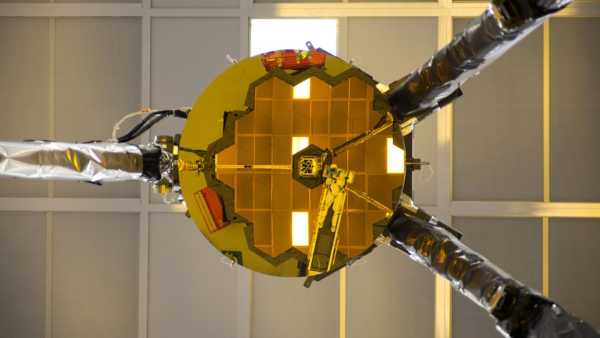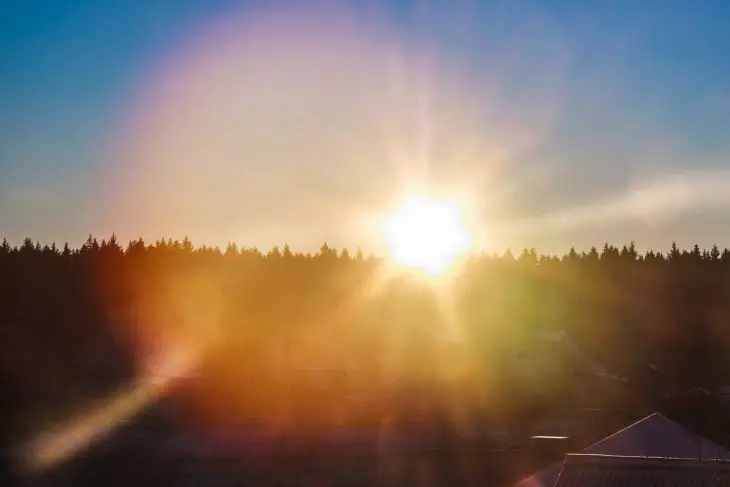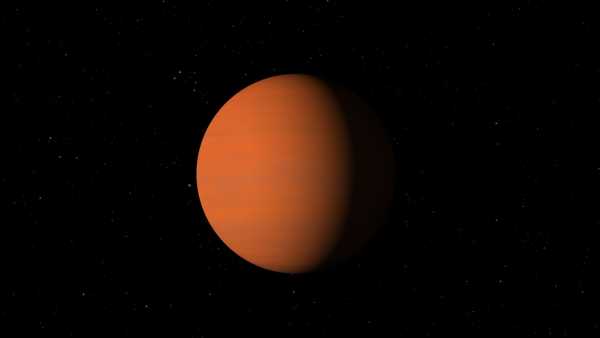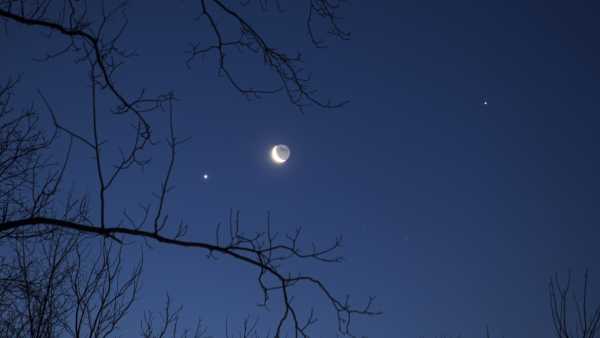
On September 19, the crescent moon will be visible in the lower right corner, next to Venus and Regulus. (Photo: Matt Champlin via Getty Images)
This week, astronomy enthusiasts will be treated to one of the best naked-eye stargazing shows of the year—if you can get up before sunrise on Friday (September 19). Just before sunrise, the crescent Moon, the bright planet Venus, and the bright star Regulus (the brightest star in the constellation Leo) will gather together on the east-northeastern horizon.
The distance between the three objects will be just half a degree, less than the width of your little finger held up to the sky. This triple conjunction, visible to the naked eye, is a rare sight well worth seeing.
The waning crescent moon, visible low in the eastern sky about 90 minutes before sunrise, will be illuminated to about 6%. The slender moon itself will present a magnificent spectacle thanks to the added effect of “earthshine”—sunlight reflecting off the Earth and illuminating its dark side. This dazzling display will be visible to both the naked eye and simple stargazing binoculars.
You may like
-
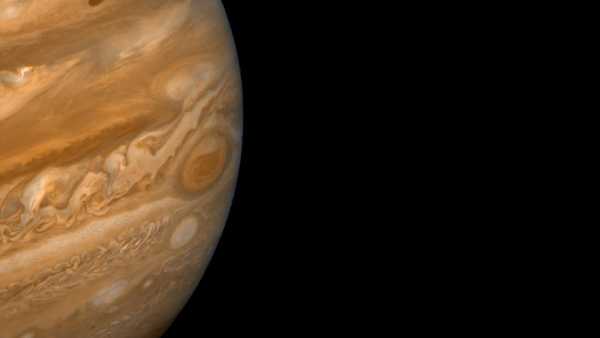
Venus and Jupiter Conjunction: The two brightest planets will 'kiss' early Tuesday morning.
-
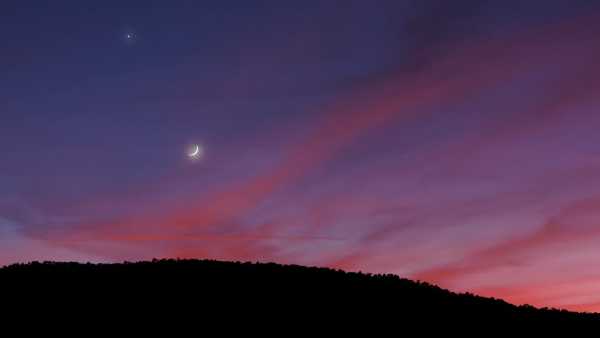
The Moon, Mars, and Meteors: Why July 28 Is the Best Night of the Summer for Skywatching
-
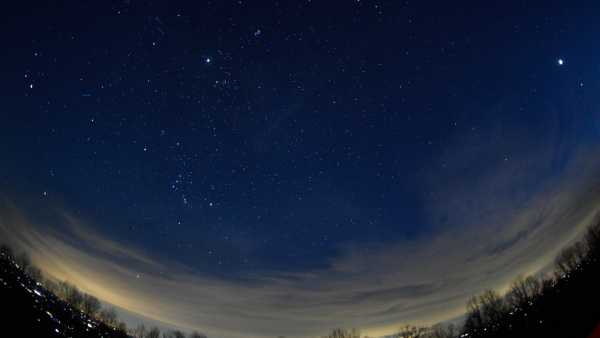
Watch the final “planetary parade” of 2025, which starts this weekend.
Venus and Regulus will be close together, though their exact positions in the sky will depend on your vantage point. For example, on the east coast of North America, stargazers will see a nearly perfect cluster of the crescent Moon, Venus, and Regulus, aligned in a straight line spanning just a degree of sky. On the west coast of North America, this cluster will be more closely packed, with a fuzzy triangle formed by the Moon, Venus, and Regulus.
There will be a clear hierarchy in brightness. The Moon will be far brighter than all the others, followed by dazzling Venus, and then Regulus, which will appear dim in comparison. In fact, Venus (magnitude -3.8) will be about 110 times brighter than Regulus (magnitude 1.3). (In astronomy, a low or negative magnitude corresponds to a brighter object.)
RELATED STORIES
— We're expecting a crescent-shaped solar eclipse this weekend. Here's where to see it.
— What color is moonlight?
— Why does the Moon sometimes have a “halo”?
Residents of northeastern Canada, Greenland, Western Europe, and North Africa will see an even closer conjunction, during which the Moon will briefly eclipse Venus (block it). According to In-The-Sky.org, the positions of these three objects will vary depending on the observer's location, as the Moon will be so close to Earth that its position in the sky will vary by as much as 2 degrees in different parts of the world. This also means that lunar eclipses will only be visible from a portion of Earth's surface at any given time.
In the days following the close conjunction, the crescent moon will shrink in size and become an invisible new moon on September 21, causing a partial solar eclipse visible from New Zealand, Antarctica, and the western South Pacific. On September 22, the autumnal equinox, day and night will be roughly equal across the planet, heralding longer nights for stargazing in the Northern Hemisphere. Venus will remain the bright “Morning Star” for the rest of the month.

Jamie Carter, Social Link Navigator, Live Science Contributor
Jamie Carter is a freelance journalist and regular Live Science contributor from Cardiff, UK. He is the author of “Stargazing for Beginners” and lectures on astronomy and nature. Jamie regularly writes for Space.com, TechRadar.com, Forbes Science, BBC Wildlife magazine, Scientific American, and many other publications. He edits the website WhenIsTheNextEclipse.com.
You must verify your public display name before commenting.
Please log out and log back in. You will then be asked to enter a display name.
Exit Read more

Venus and Jupiter Conjunction: The two brightest planets will 'kiss' early Tuesday morning.

The Moon, Mars, and Meteors: Why July 28 Is the Best Night of the Summer for Skywatching
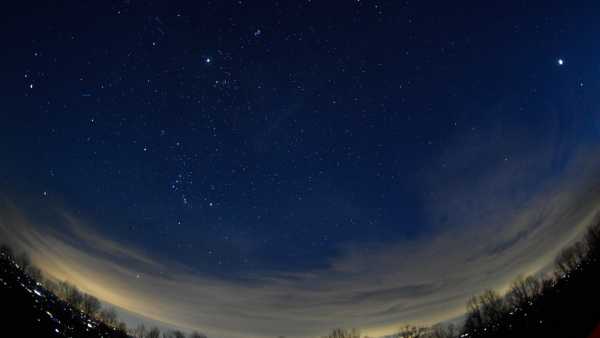
Watch the final “planetary parade” of 2025, which starts this weekend.
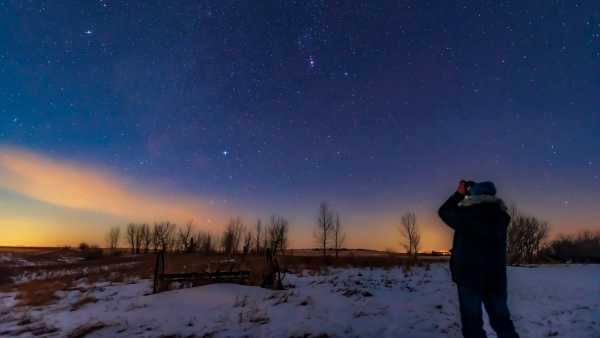
Nine Best Places to Observe the Night Sky with Binoculars: August through November 2025
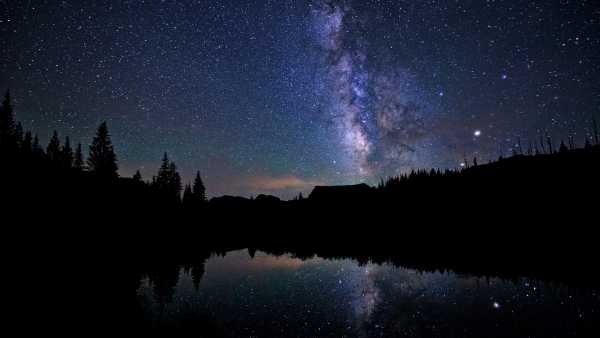
A rare 'black moon' will rise this weekend: what is it and what can you see?
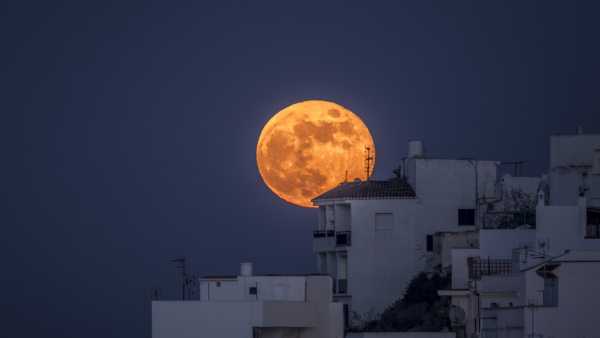
The full Sturgeon Moon will rise this weekend.
Latest news on the Moon

Blood Moon Gallery: Stunning images from yesterday's total lunar eclipse
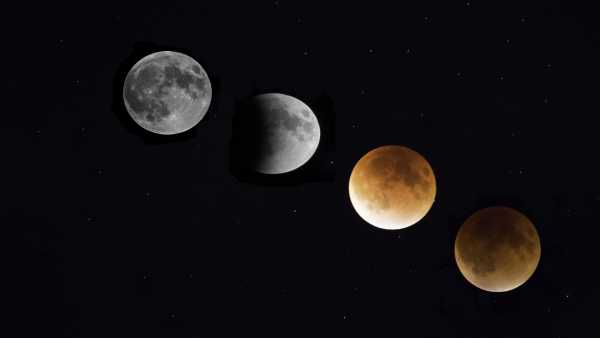
Who will see the total lunar eclipse “blood moon” this weekend?
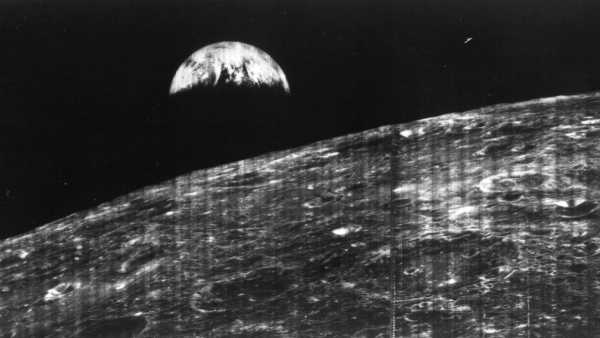
The world's first view of Earth from the Moon — Space Photo of the Week
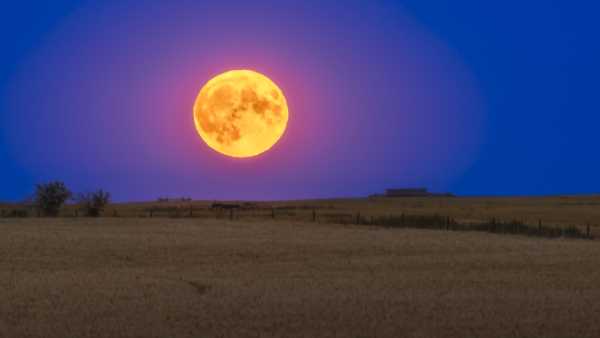
This week, a full Corn Moon will rise, bringing a “blood moon” lunar eclipse to much of the world.
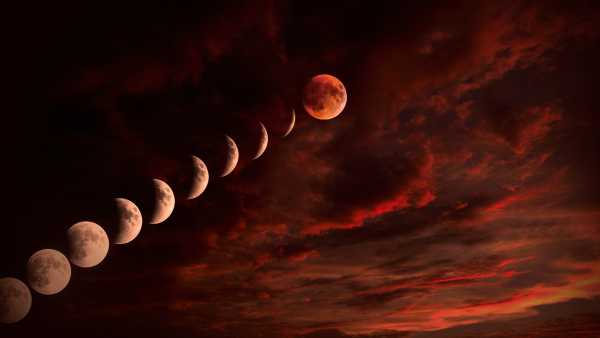
How to Stream Sunday's Total Lunar Eclipse
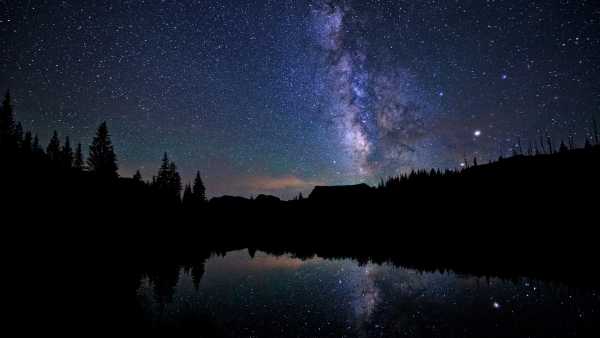
A rare 'black moon' will rise this weekend: what is it and what can you see?
Latest news

A new report warns that China could overtake the United States to become the leading power in space – and this could happen “in five to 10 years,” an expert says.

A jaguar in Brazil has broken the record for the longest swim of its kind.
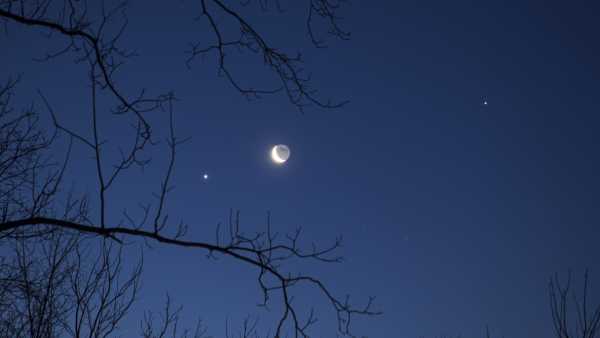
Tomorrow you can see a rare triple conjunction of the Moon, Venus and Regulus.

Robert Kennedy's hand-picked advisers will be arriving to discuss the childhood vaccination schedule. Here's what you need to know.

Tiny lab-grown 'brains' can gain consciousness and feel pain—and we're not ready for that.

'It's impossible to put the genie back in the bottle': Readers believe it's too late to stop the development of artificial intelligence
LATEST ARTICLES

1A new report warns that China could overtake the US to become the leading power in space – and this could happen “in five to 10 years,” an expert says.
Live Science magazine is part of Future US Inc., an international media group and leading digital publisher. Visit our corporate website.
- About Us
- Contact Future experts
- Terms and Conditions
- Privacy Policy
- Cookie Policy
- Accessibility Statement
- Advertise with us
- Web notifications
- Career
- Editorial standards
- How to present history to us
© Future US, Inc. Full 7th Floor, 130 West 42nd Street, New York, NY 10036.
var dfp_config = { “site_platform”: “vanilla”, “keywords”: “type-news-daily,serversidehawk,videoarticle,van-enable-adviser-
Sourse: www.livescience.com



